Evolution founded on history
It is said that the world's first spacesuit was developed in Russia (the then-Soviet Union) in 1931. After such a long history, what kinds of spacesuits are in use today? What kinds of spacesuits will humans wear if they were to travel in space someday? Let's take a closer look at the history of spacesuits and their future prospects.

The long history of spacesuits:
efforts and ingenuity

It has already been 60 years since Yuri Gagarin became the first human to travel into space in 1961. In fact, the spacesuits in use today were developed based on the technology of the Apollo era (the 1960s), so their components rely on much older technologies than those we typically see around us.
History of spacesuit development
Spacesuits are indispensable for human activity in space. Here, we look back at the successive generations of spacesuits that have supported and developed human space activities.
Spacesuits in the era of the Mercury, Gemini and Apollo Programs
The Project Mercury, the first American human spaceflight program, was carried out between 1958 and 1963. The spacesuits worn during this project were based on the pressure suits of airplane pilots, with the addition of aluminum and other materials to make them stronger and able to withstand extremely high and low temperatures.
Next, for the Project Gemini, in which ten American astronauts flew in low Earth orbit between 1965 and 1966, major improvements were made in order to conduct extravehicular activities. For one thing, air could now be supplied to astronauts through a hose connecting the spacesuit to the spacecraft. However, it became apparent that extravehicular activities caused the body’s temperature to rise, resulting in severe fatigue. Another problem was that the inside of the helmet fogged up due to humidity, and the spacesuit could not be cooled sufficiently just by providing air from the spacecraft.
In the 1960s and early 1970s, the Apollo Program, which sent humans to the moon, further updated spacesuits to allow free movement on the lunar surface. Rubber fingertips were added to the gloves, and portable life support backpacks were developed to hold air, water, and batteries. The total weight of the spacesuit and backpack is about 82 kg on earth, but on the moon, where gravity is low, the weight is reduced to around 14 kg. The spacesuits of this era were not air-cooled, but used nylon underwear and water to cool the astronauts’ bodies, the same system employed in car radiators to cool the engine.
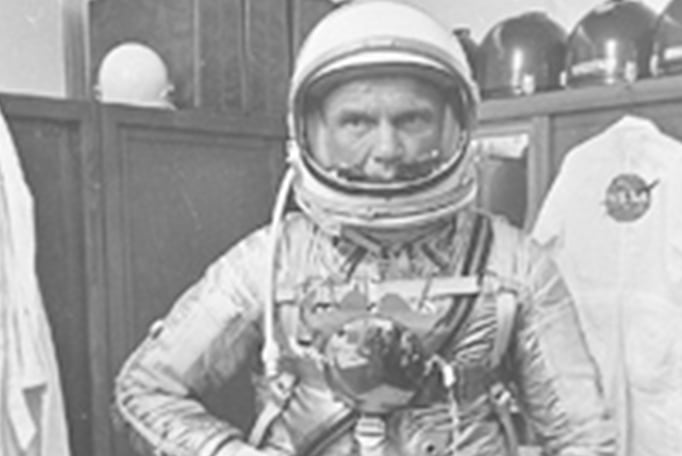

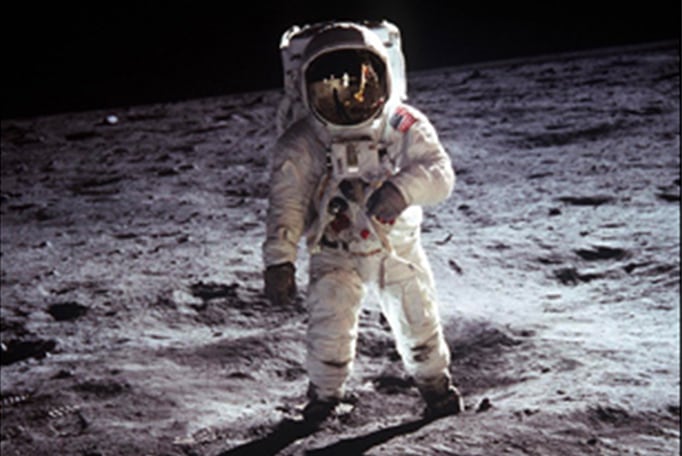
Pressure suits
Pressure suits are worn by astronauts during spacecraft launch, docking and separation, and return to earth. Since the Space Shuttle Challenger disaster in 1986, NASA has been using an orange suit that includes a parachute to allow crew members to escape from the spacecraft in an emergency. The weight of this orange suit, including the parachute, is about 43 kg.
The pressure suit with a blue pattern on a white background worn by astronauts when boarding Russian Soyuz spacecraft is called the Sokol spacesuit. The astronaut puts on the Sokol spacesuit by entering the inside through the pouch in the stomach area. At last, the pouch is bundled and tied with strings to keep the suit airtight. Closing the zipper on the surface fabric complete the process.
In 2020, the latest in pressure suits was used for the launch of the commercial spacecraft Crew Dragon. Featuring, among other things, a helmet produced using 3D printing technology and touchscreen compatible gloves, this spacesuit’s design is a far cry from previous pressure suits.
Incidentally, when reentering the atmosphere ,the Soyuz TM spacecraft is typically subjected to around 4 to 5 gs and a maximum of up to 10 to 12 gs . In order to withstand the impact of landing, Soyuz spacecraft returning to earth is equipped with seats made specifically for each crew member. A plaster mold is made for each crew member to ensure a perfect fit and prevent the impact from being concentrated on any one part of the body.
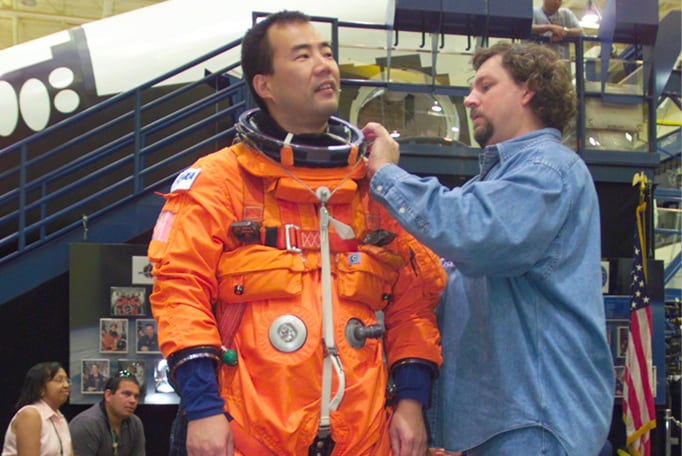
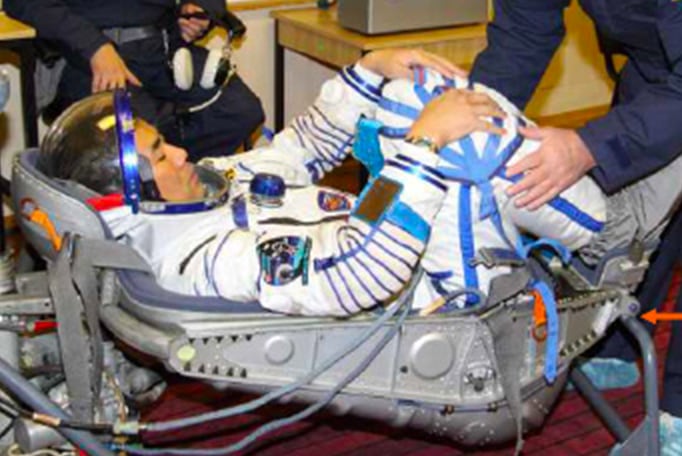
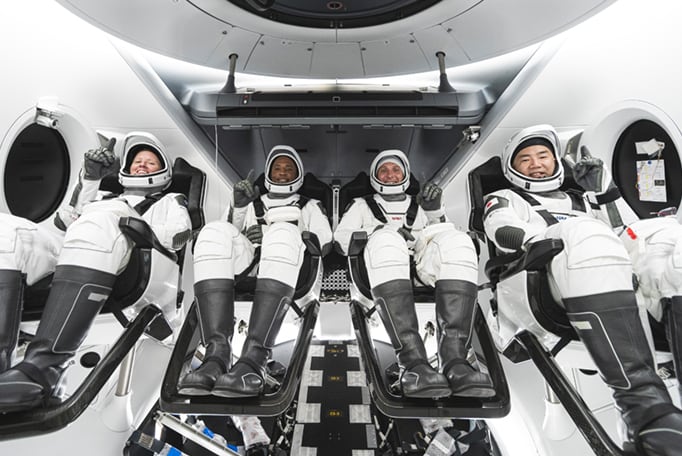
Spacesuits for extravehicular activities
Currently, two types of suit are used on the ISS: the Extravehicular Mobility Unit (EMU) developed by the USA and Orlan spacesuit developed by Russia.
The EMU consists of two parts: the spacesuit assembly and the life support system, and weighs about 120 kg. It provides astronauts with a safe breathing environment, maintains their body temperature, and protects them from harmful ultraviolet rays, cosmic rays, and microscopic space dust. The EMU is designed to enable extravehicular activities lasting approximately seven hours, but due to individual differences in oxygen consumption, the actual duration may actually be slightly longer.
The Orlan spacesuit has been in use since 1971, and has undergone continuous improvements since then. It consists of a spacesuit assembly and a life support system, the same as the EMU, but the Orlan spacesuit is characterized by its integrated structure. Astronauts can put on this spacesuit by themselves by entering the spacesuit assembly through an opening in the back. Also, the internal pressure of the Orlan spacesuit is about 0.4 atm, which is higher than that of the EMU’s 0.3 atm. This results in a short prebreathe protocol—the time that the EVA crew needs to wait after putting on their spacesuits so as to expel nitrogen from their bodies—of about 30 minutes.

The latest spacesuit research,
raising the expectations of astronauts around the world
In preparation for future lunar and Mars explorations, NASA and various research institute at universities and companies, are working on next-generation spacesuits research and development.
Spacesuits require advanced technology and are costly. However, by the time activities get underway at the space stations of the future, spacesuits will probably be less expensive and more maneuverable than they are today.

Unless specified otherwise, rights to all images belong to ©JAXA



